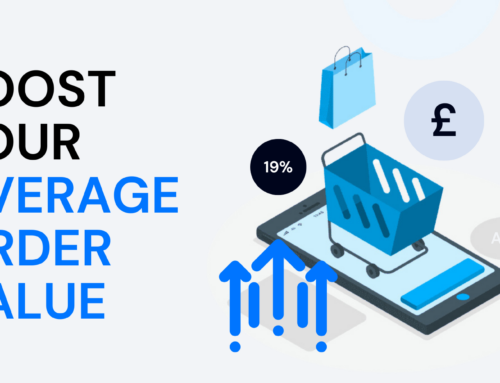Usability testing is vital but notoriously difficult to get right. You need a testing group that is genuinely representative of your target audience for results to be meaningful. But you also need to have a consistent way of gathering and processing their feedback so results can be helpful to your organisation. With everything else on your plate, can you really do all that on your own?
One thing is for sure, without exposing your website or app to real-world users, you’re never going to get a sense of how easy customers will find it to navigate, whether they’re likely to buy from it or make a return visit. Only ‘real users’ can tell you that.
Businesses crave and really need the genuine, unvarnished and unbiased feedback of ‘ordinary’ customers navigating a product for the first time and trying to achieve specific outcomes with it.
But how do you source those individuals without having to reach out beyond the walls of your organisation, and creating mountains of admin and paperwork for yourself in the process?
Walk a mile in your customer’s shoes
That’s where the concept of ‘dog fooding’ came in. Brands using teams of their own workers beyond their development and QA function to road test software before it was released to the general public.
The idea was that if an organisation could ‘eat their own dog food’, or more politely ‘walk a mile in the shoes’ of their customers they would soon get a real sense of what was good and bad about the experiences they were serving up to them.
By using people from admin, finance and marketing teams rather than the developers themselves to assess usability, they would be able to get a clearer, more unbiased view of the strengths and weaknesses of a product.
Microsoft and Apple both used these techniques in the early days of producing their WYSIWYG operating systems and word processing programmes. But, the users they were able to source internally were very much their target audience anyway:
“[these] teams had access to office buildings full of employees who had never been exposed to computers. This unique context enabled internal user testing, which is why it was possible to spend so much company time on what was essentially QA. New employees could serve as a good enough proxy for potential customers because everyone was having to make the same leap and adjustments in their habits and behaviours.”
Source: Larisa Berger
DIY usability testing: the pros and cons
There maybe some advantages of using non specialist in-house resource to conduct usability testing. It will certainly be cheaper, but it might not be any less difficult to organise than trying to marshal busy colleagues to spend time on devices and filling out forms recording their experiences.
Workers dragooned from other areas of your business may be able to tell you about glaring problems like an app not loading properly onto a phone, but without proper scripts and frameworks to guide them they may only ever give you general or obvious feedback.
And if they’ve got other jobs to do, they might not ever be able to give your testing the whole and undivided attention it deserves, either.
And what if your app or website is not aimed at the demographic they represent anyway? For example, how can a fifty year old accounts guy properly replicate the experiences and user behaviour of a teenage girl.
And user groups drawn from your office may well just end up testing your website or app from the office on WiFi and with a severely limited range of devices. The reality is usability testing needs to replicate the hardware and browser choices of your target audience, as well as the kind of connections they are likely to rely on (3G, 4G etc).
In the same way as your in house QA can’t give you a proper view of the habits, tastes and user challenges of specific demographics, so a team of usability testers recruited (maybe unwillingly) from the rest of your organisation may not reflect them either.
Having said all this you still need the discipline of the QA specialist to frame the questions, script the tests and use the right software to help your entire business understand the results.
Conclusion
User testing remains one of the most important aspects of preparation for new website and app launches, as competition is fierce, customers expectations of usability are high and very easy to frustrate.
Engaging a specialist test company to set up usability testing can give you access to precisely the demographic you need and often with a kind of specificity that you could never achieve with an internal pick.
At the same time, specialist software can give you access to quantified, ranked results in the form of ‘web usability scoring’ – as well as more qualitative feedback covering emotional responses to design and customer journeys. All this can help you tweak and optimise commercial results in the future, as well make informed business cases for pushing forward with changes or upgrades.
The choice between ‘usability testing’ performed by an outside agency and ‘you do the testing’ – is yours to make. And it may seem an obvious place to save money amongst the pressures and expenses of launch. But while getting feedback from your non specialist colleagues can be helpful as a sanity test or to gauge instant reactions, it’s never going to give you the kind of deep consumer insight that can transform performance and results.
You may also be interested in… Smash your KPIs by removing functional and usability barriers to conversion.





